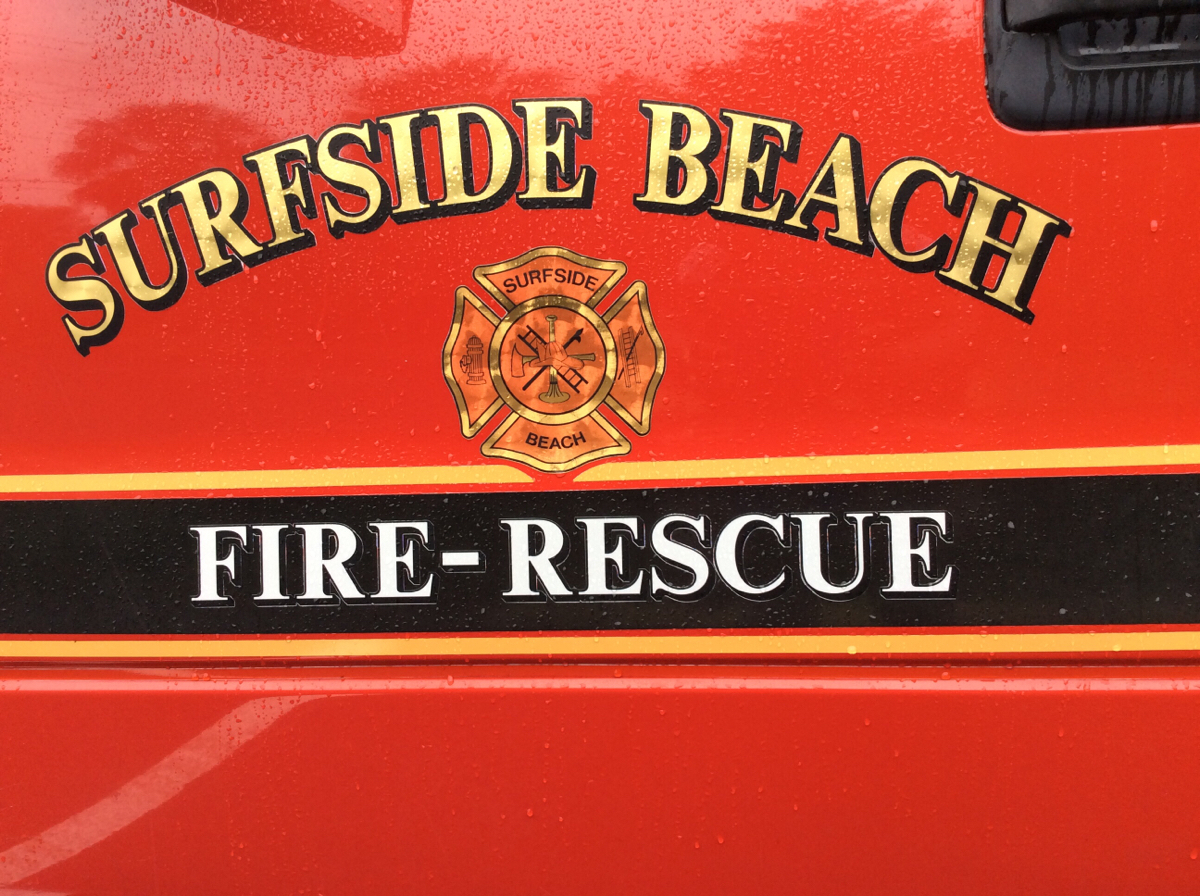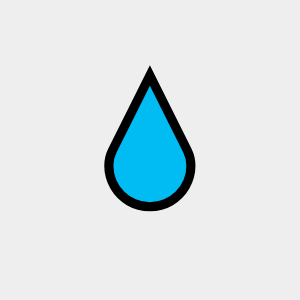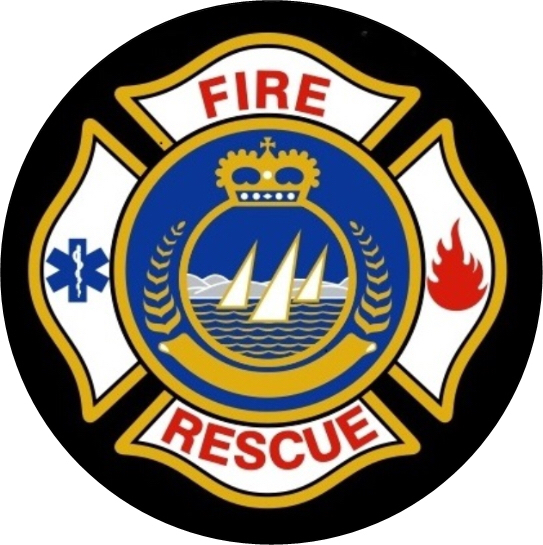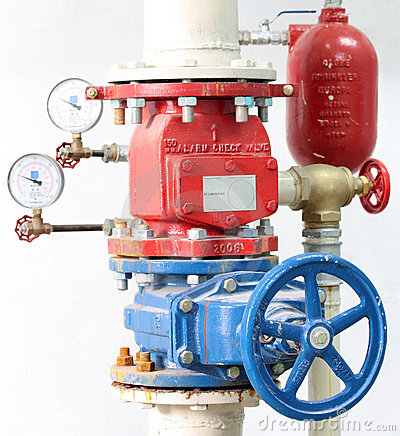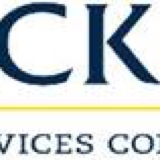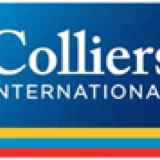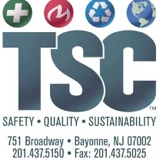Information
-
Audit Title
-
Document No.
-
Client / Site
-
Conducted on
-
Prepared by
-
Location
-
Personnel
-
Owner:
-
Owners Address:
-
Property Being Inspected:
-
Property Address:
-
Date of Inspection
-
This Inspection is:
Part I - Owner's Section
-
A. Is the building occupied?
-
B. Has the occupancy classification and hazard of contents remained the same since the last inspection?
-
C. Are all fire protection systems in service?
-
D. Has the system remained in service without modification since the last inspection?
-
E. Was the system free of actuation of devices or alarms since the last inspection?
-
Owner or Representative:
Part II - Inspector's Section
A. Inspections
1. Daily Inspection Item
-
Enclosures around dry-pipe valves (without low temperature alarms) maintaining a minimum of 40º F?
2. Weekly Inspection Items.
-
A. Relief port on reduced pressure backflow prevention assemblies free of continuos discharge
-
B. Gauges on dry systems (without low pressure alarm) in good condition & showing normal air and water pressure?
-
C. Sealed Control Valves and Valves on Backflow Assemblies:
-
1. In normal (open or closed) position?
-
2. Accessible and with seals in place?
-
3. Free from external leaks?
-
4. Provided with appropriate identification?
3. Monthly Inspection Item
-
A. Dry-Pipe Valves:
-
1. Enclosures around valves (with low temperature alarms maintaining a minimum of 40º F?
-
2. Free from physical damage?
-
3. Trim valves in appropriate (open or closed) position?
-
4. No leaking from intermediate chamber?
-
B. Hose Connection Pressure Valves:
-
1. Handwheels in place and in good condition?
-
2. Hose threads in good condition?
-
3. Valves not leaking?
-
4. Reducers and caps in place and in good condition?
-
C. Hose Rack Assembly Pressure Regulating Vavles:
-
1. Handwheels in place and in good condition?
-
2. Valves not leaking?
-
D. Gauges on dry system (with low pressure alarm) in good condition and showing normal air and water pressure?
-
E. Control Valves & Valves on Backflow Assemblies (with locks or electric supervision):
-
1. In normal (open or closed) position?
-
2. Lock or supervision in place?
-
3. Accessible and free from external leaks?
-
4. Provided with appropriate wrenches?
-
5. Provided with appropriate identification?
-
F. Gauges on wet pipe system in good condition and showing normal water supply pressure?
-
G. Alarm devices free from physical damage?
-
H. Alarm Valves:
-
1. Gauges indicating normal water pressure?
-
2. Free from physical damage?
-
3. Valves in correct (open or closed) position?
-
4. No leakage from retard chamber or drains?
4. Quarterly Inspection Items
-
A. Hose Valve Outlets:
-
1. Caps, hose connections, valve handle, cap gasket, restricting devices in place, undamaged and in good condition?
-
2. Valves not leaking and no visible obstructions?
-
B. Visible pipe and supports in good condition?
-
C. Alarm devices free from physical damage?
-
D. Fire Department Connections:
-
1. Visible, accessible and identified?
-
2. Couplings and swivels not damaged and rotate smoothly?
-
3. Plugs or caps in place and undamaged?
-
4. Gaskets in place and in good condition?
-
5. Check valves not leaking?
-
6. Automatic drain valves in place and operating properly?
-
Note: If plugs or caps are not in place, inspect the the interior and verify that the valve clapper is operational over its full range.
5. Annual Inspection Items
-
A. Hose:
-
1. Free from mildew, cuts and deterioration?
-
2. Couplings of compatible threads and undamaged?
-
3. Gaskets in place and in good condition?
-
4. Hose connected?
-
B. Hose Nozzles:
-
1. Nozzles & gaskets in place and good condition?
-
2. No visible obstructions?
-
3. Nozzles operate smoothly?
-
C. Hose Storage Devices:
-
1. Hose properly racked or rolled?
-
2. Nozzle clips in place and nozzles contained?
-
3. Devices undamaged, unobstructed and operable?
-
4. Will racks swing out of cabinet at least 90º?
-
D. Storage Cabinets:
-
1. Cabinets have no corroded or damaged parts?
-
2. Cabinets easy to fully open?
-
3. Door glazings in good condition?
-
4. Locks functioning in break-glass type cabinets?
-
5. Cabinets accessible and identified?
-
6. All parts, valves, hoses and fire extinguishers accessible?
-
E. Adequate heat available to areas where wet pipe is located?
-
(Must be done before cold weather)
-
F. Interior of dry-pipe valves (which must be open to be reset) passed internal inspection?
6. Fifth Year Inspection Items
-
A. Interior of dry-pipe valves (which can be reset without opening) passed internal inspection?
-
B. Alarm valves and their associated strainers, filters and restriction orifices passed internal inpsection?
-
C. Check valves internally inspected and all parts operate properly, move freely and are in good condition?
-
D. Strainers, filters, restricted orifices and diaphragm chambers on dry-pipe valves passed internal inspection?
B. Testing
-
The following tests are to be performed at the noted intervals. Report any failures on Part II of this form.
1. Quarterly Tests
-
A. Main Drain Test
-
1. Record static pressure and residual pressure. (PSI)
-
2. Was flow observed?
-
3. Are results comparable to pressures from last test?
-
B. Mechanical water flow alarm devices passed test?
-
1. Inspectors test connection opened? (wet pipe when not in freezing weather)
-
2. Bypass connection opened? (wet pipe systems in freezing weather or dry pipe)
-
3. Alarms actuated?
-
4. Was flow observed?
-
C. Control valved (except OS&Y and gear-operated indicating butterfly valves) opened until spring or torsion is felt in the rod, when closed back one quarter turn?
-
D. Priming water level (dry-pipe) passed test?
-
E. Low air pressure signal (dry-pipe) passed test?
-
F. Quick opening device passed test?
-
G. Valve supervisory devices indicate movement?
2. Semiannual Test (in addition to the above items)
-
A. Electrical waterflow alarm devices passed tests?
-
1.Inspector's test connection opened?
-
2. Bypass connection opened?
-
3. Alarms actuated?
-
4. Was flow observed?
-
B. Valve supervisory devices indicate movement?
3. Annual Tests (in addition to above items)
-
A. System Main Drain Test (automatic water supply)
-
1. Record static pressure and residual (PSI)
-
2. Was flow observed?
-
3. Are results comparable to previous test?
-
B. Specific gravity of antifreeze correct?
-
C. All control valves operated through full range and returned to normal position?
-
D. Low temperature alarms in dry pipe enclosures passed test?
-
E. Dry-Pipe valve partial flow trip test:
-
1. Record initial air pressure and water pressure (PSI)
-
2. Record tripping air pressure and time. (PSI & SEC)
-
3. Above results comparable to previous tests?
-
F. Automatic air maintenance devices on dry-pipe system passed test?
-
G. Backflow devices passed backflow test?
-
H. Backflow devices passed full flow test?
-
I. Pressure reducing valves passed partial flow test?
4. Third Year Tests (in addition to above items)
-
A. Dry-Pipe valve full flow trip test:
-
1. Record initial air pressure and water pressure. (PSI)
-
2. Record tripping air pressure and time. (PSI) (SEC.)
-
3. Was water delivered to inspectors test connection?
-
4. Above results comparable to previous tests?
-
B. Is hose less than five years old?
-
If "NO" has hose been tested within three years?
-
If "NO" test hose now and every three years.
5. Fifth Year Tests
-
A. Gauges tested against calibrated one or replaced?
-
B. Standpipe systems tested at required flows:
-
1. Record static pressure and residual pressure. (PSI)
-
2. Record total flow. (GPM)
-
3. Above flows and pressures acceptable?
-
C. Manual systems not part of a sprinkler/standpipe system passed hydrostatic test?
-
D. All hose connection and hose rack assembly pressure reducing and pressure control valves passed full flow test?
C. Maintenance
-
1. Regular Maintenance Items
-
A. Items found missing or in disrepair during inspection or testing repaired or replaced?
-
B. Air leaks in dry-pipe systems resulting in air pressure loss more than 10 psi/week repaired?
-
C. Dry systems being maintained in dry condition?
-
D. If any of the following were discovered, was an obstruction investigation conducted and the system flushed?
Explain reasons and obstruction investigation findings in Part III.
-
1. Defective intake screen for pumps taking suction from open sources.
-
2. Obstructive material discharged during waterflow test?
-
3. Foreign materials found in dry-pipe valves, check valves or pumps.
-
4. Heavy discoloration of water during drain test or plugging of inspector's test connection.
-
5. Plugging found in piping dismantled during alterations.
-
6. Failure to flush yard piping or surrounding public mains following new installation or repairs.
-
7. Record or broken mains in the vicinity.
-
8. Abnormally frequent false tripping of dry-pipe valves.
-
9. System is returned to service after an extended period out of service (greater than one year).
-
10. There is reason to believe the system contains sodium silicates or its derivatives.
-
E. If conditions were found that required flushing, was flushing of system conducted?
2. Annual Maintenance Items (in addition to above items)
-
A. Operating stem of all OS&Y valves lubricated, completely closed, and reopened?
-
B. Hose repacked or rerolled so folds do not occur in same position?
-
C. Interior of dry-pipe valves cleaned?
-
D. Low points drained in dry systems prior to onset of freezing wether?
Part III- Comments (Any "no" answers, test failures or other problems found with the standpipe and hose system must be explained here.)
-
Notes:
Part IV - Inspector's Information
-
Inspector:
-
Company:
-
Company Address:
-
I state that the information on this form is correct at the time and place of inspection, and that all equipment tested at this time was left in operational condition upon completion of this inspection except as noted in Part III aboce.
-
Inspector:
-
Select date
-
License or Certification Number (if applicable):
Backflow Preventer
-
Tested for NFPA 25 Requirements ONLY. Certification DOSE NOT fall within the scope of this inspection.
Fire Alarm
-
Inspection & Certification is to be performed by and Alarm Contractor.
Fire Extinguisher(s)
-
Inspection & Certification is to be performed by Others.
NFPA 25 2008: 4.1.5 "Changes in Occupancy, Use, Process, or Materials"
-
The property owner or occupant shall not make changes in the occupancy, the use or the material used or stored in the building without evaluation of the fire protection systems for their capability to protect the new occupancy, use or materials.
NFPA 25 2008: 4.1.6 "Addressing Changes in Hazard"
-
Where changes in the occupancy, hazar, water supply, storage commodity, storage arrangement, building modification, or other condition that affects the installation criteria of the system are identified, the property owner or occupant shall promptly take steps, such as contacting a qualified contractor, consultant or engineer, and the authority having jurisdiction, to evaluate the adequate of the installed system in order to protect the building or hazard in question.,






